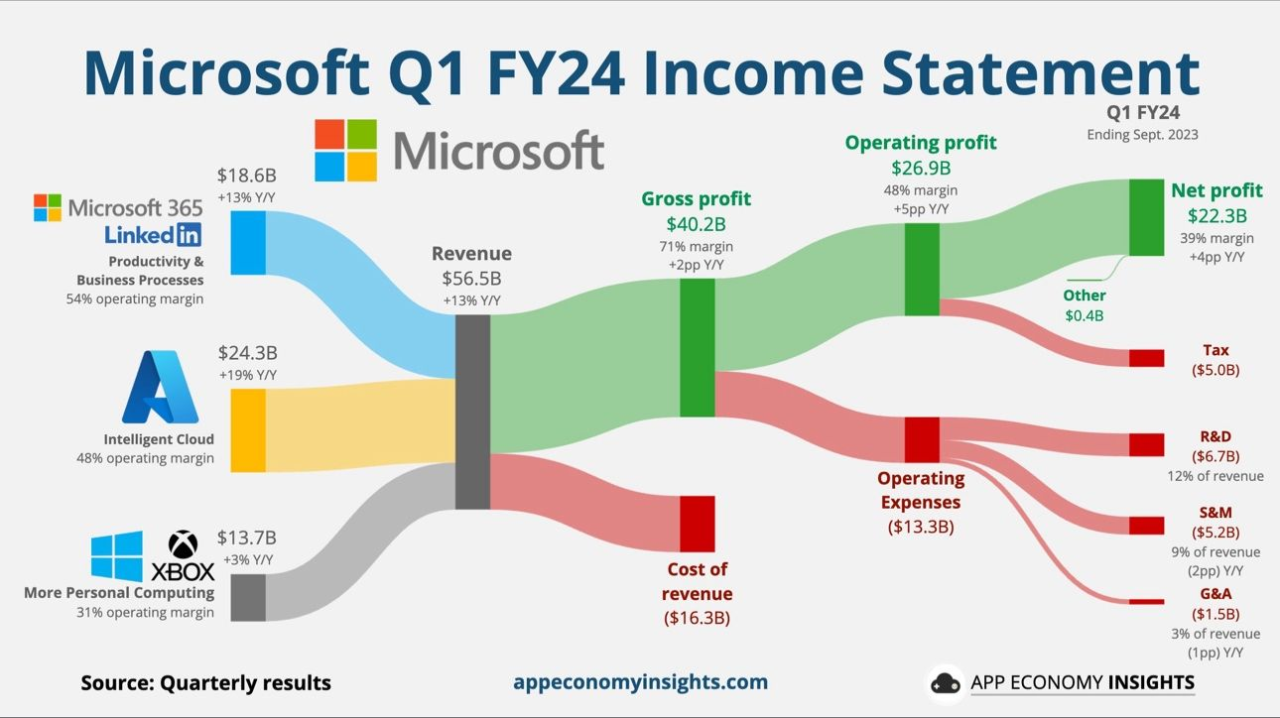Assessing Liberal Fiscal Policies: Are They Sustainable For Canada's Future?

Table of Contents
Canada's economic landscape is constantly shifting, prompting ongoing debates about the sustainability of its fiscal policies. The current liberal government's approach, characterized by significant investments in social programs and infrastructure, has sparked considerable discussion about its long-term effects on the nation's economy. This article critically assesses these liberal fiscal policies, examining their impact on government spending, debt accumulation, economic growth, and the future of vital social programs to determine their sustainability for Canada's future.
Government Spending and Debt Accumulation under Liberal Fiscal Policy
Analysis of Recent Budgetary Allocations
Recent Liberal budgets have prioritized increased government spending across several key areas. This reflects a commitment to expanding social safety nets and investing in long-term national priorities.
- Increased healthcare spending: Significant budgetary allocations have been directed towards strengthening the national healthcare system, including investments in infrastructure and personnel.
- Expanded social programs: Enhancements to existing social programs, such as the Canada Child Benefit and Old Age Security, have increased benefits for many Canadians.
- Infrastructure investments: The Liberal government has launched ambitious infrastructure projects nationwide, focusing on transportation, clean energy, and public transit.
- Climate change initiatives: Funding for clean energy initiatives and climate change mitigation projects has risen substantially.
Comparing this spending to previous conservative governments reveals a significant increase in government expenditure. While proponents argue this investment stimulates economic growth and addresses pressing social needs, critics point to the potential for increased budget deficits and a growing national debt. Data from the Parliamentary Budget Officer and Statistics Canada are crucial for understanding this complex interplay between spending and economic outcomes. Analyzing this data reveals a clear correlation between increased spending and a rising fiscal deficit.
Impact on Canada's National Debt
The increase in government spending under liberal fiscal policies has undeniably contributed to the growth of Canada's national debt. Examining the debt-to-GDP ratio is essential to assessing the seriousness of this increase. While Canada's debt-to-GDP ratio remains lower than that of many other developed nations, its trajectory warrants careful monitoring. The potential risks of high debt levels include:
- Increased interest payments: Higher debt necessitates larger interest payments, potentially crowding out other crucial government investments.
- Reduced fiscal flexibility: A high debt-to-GDP ratio can limit the government's capacity to respond effectively to future economic downturns or emergencies.
- Negative impact on credit rating: A continually rising debt could negatively impact Canada's credit rating, increasing borrowing costs. Maintaining a healthy credit rating is crucial for attracting foreign investment and ensuring low borrowing costs.
Effective debt management strategies are paramount to mitigating these risks. This includes a focus on sustainable economic growth to increase tax revenues and responsible spending practices.
Economic Growth and Tax Policies under Liberal Fiscal Policies
Taxation Policies and their Impact on Investment and Economic Growth
Liberal tax policies have included adjustments to both corporate and personal income tax rates. The impact of these changes on investment and economic growth is complex and subject to ongoing debate.
- Corporate tax rate changes: Alterations to corporate tax rates can influence business investment decisions, affecting job creation and economic activity.
- Personal income tax changes: Changes to personal income taxes can impact consumer spending and overall economic demand.
Analyzing economic growth rates during periods of specific tax policy changes helps determine their effectiveness. A rise in investor confidence, reflected in increased investment, generally indicates a positive impact. However, it's essential to consider other factors influencing economic growth to avoid drawing simplistic causal conclusions.
Stimulus Measures and their Effectiveness
The Liberal government has implemented various stimulus measures to boost economic activity during periods of slower growth. Evaluating the effectiveness of these interventions is crucial to understanding the broader impact of their fiscal policies.
- Examples of stimulus measures: Previous stimulus packages have included infrastructure investments, tax credits, and direct cash transfers.
- Assessing effectiveness: The effectiveness of stimulus packages is usually measured by their impact on employment levels, GDP growth, and overall economic confidence.
- Alternative approaches: Comparing the effectiveness of fiscal stimulus with alternative approaches like monetary policy is crucial for informing future economic strategies.
Social Programs and Their Long-Term Sustainability
Analysis of Key Social Programs Funded Through Liberal Fiscal Policy
Liberal fiscal policies have significantly impacted the funding of Canada's robust social safety net. Analyzing the costs and benefits of key social programs is vital to understanding their contribution to social equity and long-term economic sustainability.
- Healthcare: Healthcare spending constitutes a significant portion of government expenditure. While providing essential services, it faces challenges due to an aging population and rising costs.
- Education: Investments in education are viewed as crucial for long-term economic productivity and social mobility. However, ensuring accessible and high-quality education requires considerable financial resources.
- Social welfare: Programs providing income support and social services play a vital role in reducing inequality and improving social well-being. Their costs can fluctuate based on economic conditions and societal needs.
Demographic Shifts and the Sustainability of Social Programs
Canada's aging population presents a significant challenge to the long-term sustainability of its social programs. The growing proportion of seniors necessitates a careful consideration of potential adjustments.
- Projected demographic changes: Canada's aging population is projected to continue growing, resulting in increased demands on healthcare, pension, and long-term care systems.
- Impact on program costs: The increased demand for services related to an aging population will significantly increase program costs unless proactive measures are taken.
- Potential solutions for long-term sustainability: Strategies like pension reform, healthcare reform, and potential adjustments to eligibility criteria are crucial for ensuring the long-term fiscal sustainability of social programs.
Conclusion
This assessment of Canada's liberal fiscal policies reveals a complex interplay between increased government spending, rising debt levels, economic growth, and the long-term sustainability of social programs. While investments in infrastructure, social programs, and climate change initiatives are essential for building a strong and equitable society, the rising national debt requires careful management. Balancing the need for social programs with fiscal prudence is a major challenge. The impact of tax policies on investment and economic growth is a key element to consider for future economic stability. The implications of Canada's aging population on the long-term sustainability of social programs also demands careful planning and strategic reforms.
Further analysis of Canada's liberal fiscal policies is crucial for ensuring a sustainable economic future. Join the conversation and share your insights!

Featured Posts
-
 Sophie Nyweide Mammoth Noah Child Actor Dead At 24
Apr 24, 2025
Sophie Nyweide Mammoth Noah Child Actor Dead At 24
Apr 24, 2025 -
 John Travolta Enjoys A Pulp Fiction Inspired Steak In Miami Video Inside
Apr 24, 2025
John Travolta Enjoys A Pulp Fiction Inspired Steak In Miami Video Inside
Apr 24, 2025 -
 Eu Targets Russian Gas Spot Market Phaseout Plans
Apr 24, 2025
Eu Targets Russian Gas Spot Market Phaseout Plans
Apr 24, 2025 -
 Analysis Of Teslas Q1 2024 Earnings 71 Net Income Decrease And Political Factors
Apr 24, 2025
Analysis Of Teslas Q1 2024 Earnings 71 Net Income Decrease And Political Factors
Apr 24, 2025 -
 Betting On Natural Disasters The La Wildfires And The Changing Landscape Of Gambling
Apr 24, 2025
Betting On Natural Disasters The La Wildfires And The Changing Landscape Of Gambling
Apr 24, 2025
